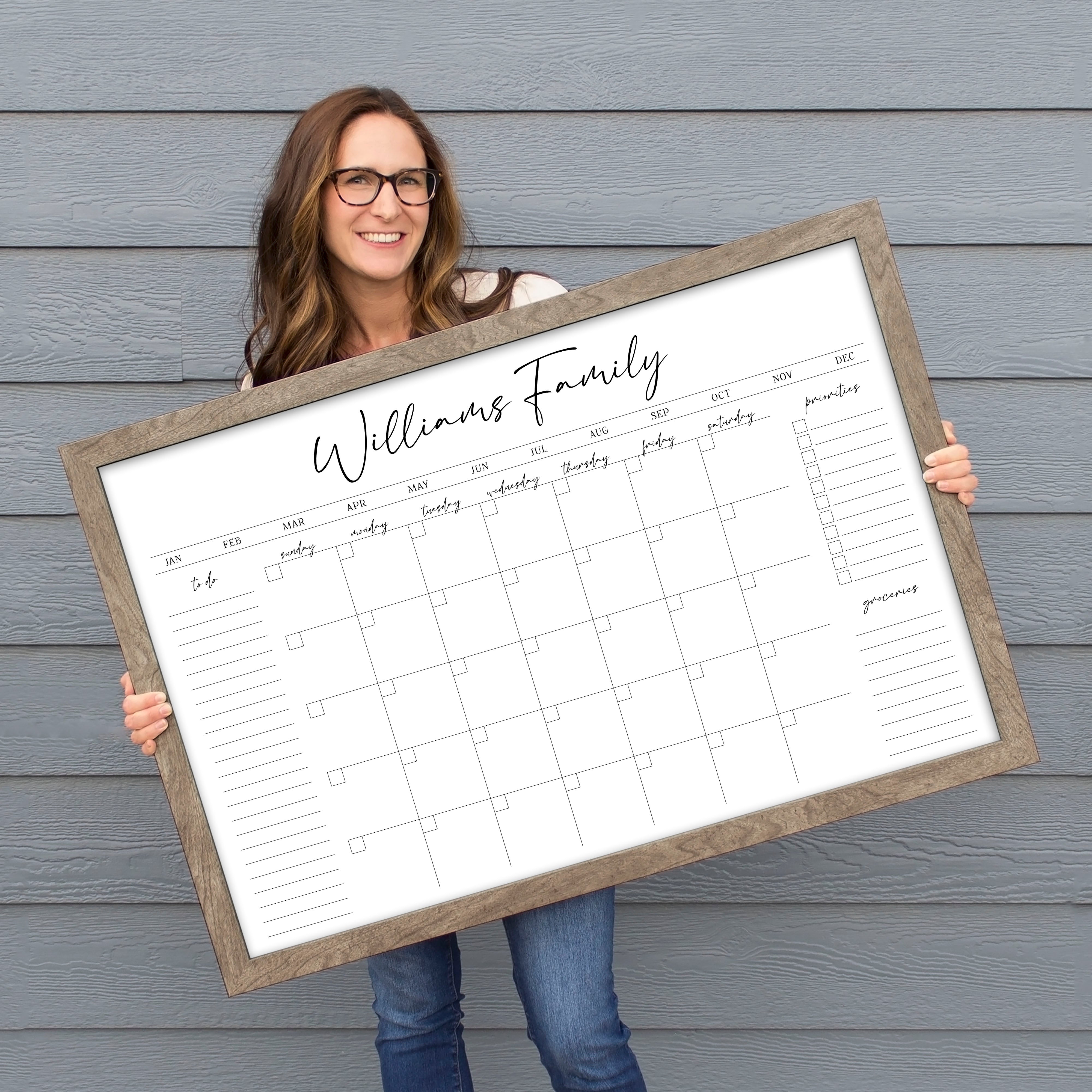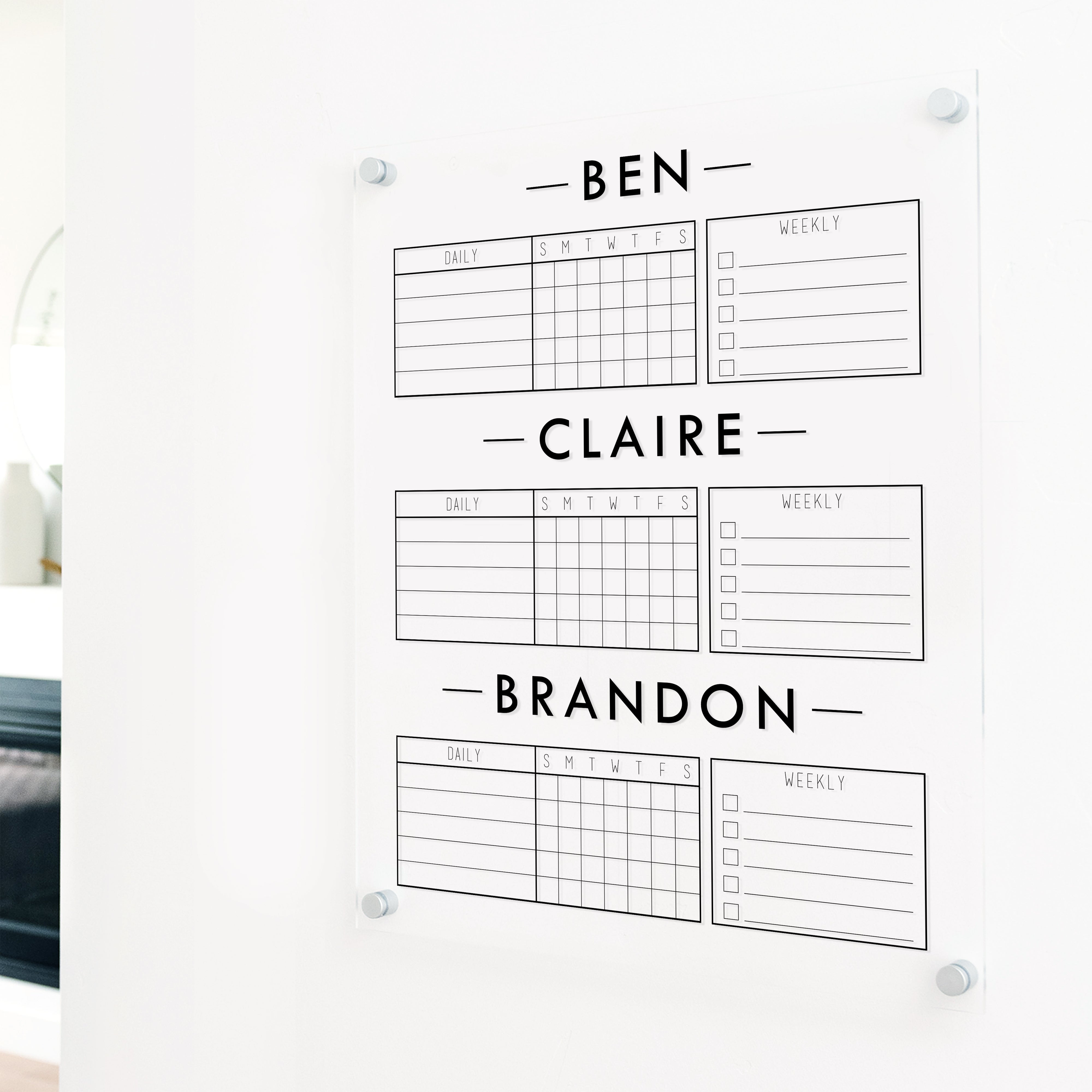Creating a Kid-Friendly Summer Daily Schedule
School’s out—and your house just got busier (and messier!). If your school-year routine is no longer cutting it, summer is the perfect time to create a fresh, flexible chore chart that keeps kids engaged and accountable.
Why Switch Things Up for Summer?
-
More free time = more flexibility—and more opportunities for kids to contribute.
-
Summer activities require different routines (like extra laundry, snack prep, reading, or toy cleanup after outdoor play).
-
A seasonal refresh helps keep kids motivated and builds new habits.
How to Create a Kid-Friendly Summer Chore Chart
Here’s a step-by-step guide to building a routine that actually works—while still leaving plenty of room for fun.
1. Swap the Chore Chart for a Daily Summer Schedule
Use a dry-erase chore chart labeled “To Do” instead of “Chores.” (aka when ordering a chore chart from us, on the chart subtitle put "to do"!) It feels lighter and lets you blend essential tasks with routines and habits. This makes it easy to transition to summer, when things like reading 20 min need to be added to your chart.
Sample “To Do” List:
-
✅ 20 minutes of reading
-
✅ 15 minutes of exercise
-
✅ 20 minutes of typing practice
-
✅ Feed the dog
-
✅ Put away breakfast dishes
Pro Tip: Keep it visible and editable! Dry-erase charts are perfect for quick updates and seasonal changes.
2. Let Your Kids Help Build the Chart
When kids help design the routine, they’re more likely to stick with it.
Try asking:
-
“What chore do you think you’re really good at?”
-
“What’s something you think we should all do every day?”
You might be surprised—my kids added daily exercise themselves!
3. Mix Routine Tasks with Seasonal Chores
Make the chart feel fresh by adding summer-specific jobs:
Ideas to Try:
-
Water the garden
-
Make a snack bag
-
Organize pool toys
-
Wash beach towels
-
Wipe down outdoor tables
Rotate weekly jobs like vacuuming or laundry to keep things balanced and fair.
4. Use Time-Based Categories
Try splitting tasks into morning and afternoon sections. It helps kids manage their day—and gives them natural break times between responsibilities.
5. End with a Family Check-In
At summer’s end, gather the family and review how things went.
Ask:
-
“Which tasks did you enjoy?”
-
“Which new responsibility do you feel old enough for this new school year?”
This reflection builds confidence and gets kids excited for the school-year routine ahead.
Ready to Build Your Own?
Our dry-erase responsibility charts make it easy to customize your family’s daily schedule—and encourage habits that stick. Whether you want a fun summer list or a flexible daily rhythm, these charts help everyone stay on track (without nagging!).






Leave a comment